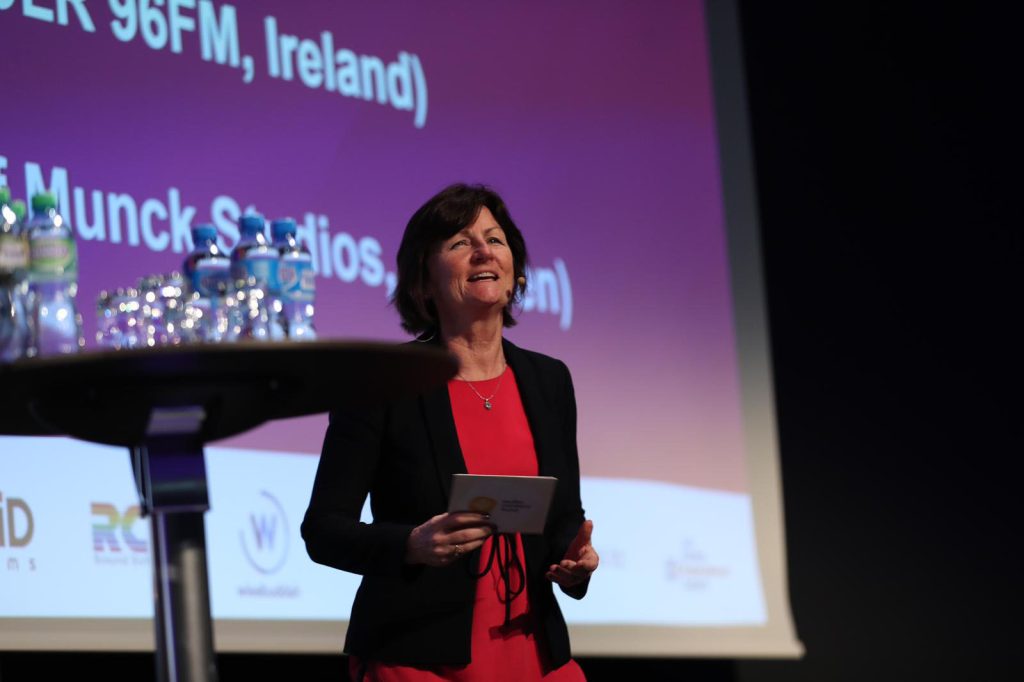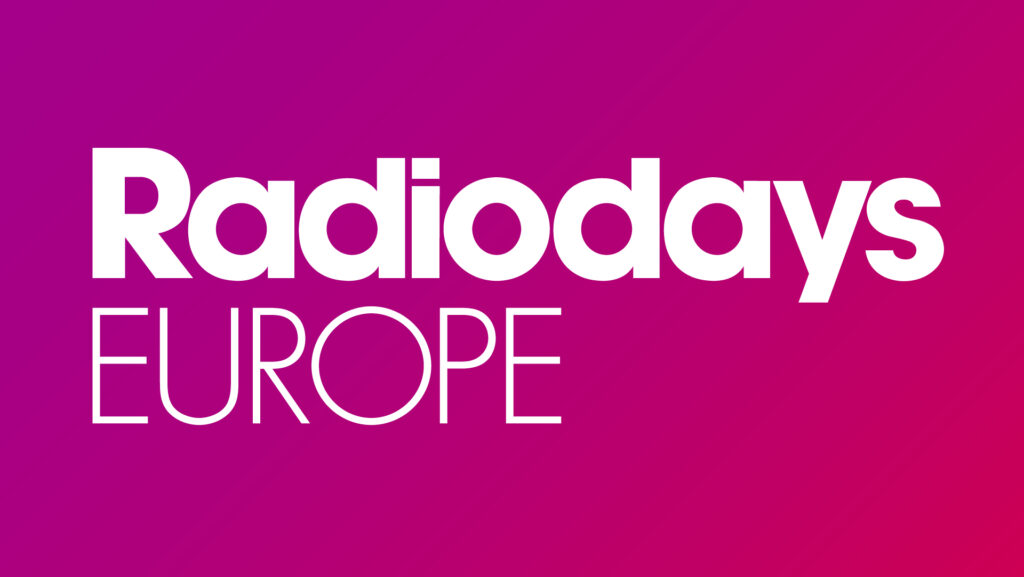John Purcell (KCLR 96FM) was first to greet the delegates and talked
about what went right and wrong with the Irish ‘Sound & Vision’ fund.
The strengths include money for projects that independent broadcasters
couldn’t afford otherwise. The weaknesses include its bureaucratic,
cumbersome application process, and that TV dominates the share of the
fund.
Next up Siobhan Kenny (Radiocentre) came on to discuss the UK’s brand
new Audio Content Fund. Unlike the Sound & Vision model, this is a
separate fund, earmarked specifically for audio with up to £3m over
three years, at the end of which the pilot scheme will be reviewed.
Siobhan was very excited about the fund and what’s up next.
Radiocentre are focussing on cutting bureaucracy as much as possible,
but iterated that as a Government funded project some bureaucracy is
necessary to ensure good use of the funds. Siobhan will be back next
year to reflect on the fund’s progress.
Jakob Munck (Munck Studios) took the stage finally to make the
announcement of Munck Studios launching a new office in the
Netherlands, and offer advice on how production companies can work
with broadcasters and vice versa. Munck says “in this field, it is all
about who you network with”. “The responsiveness of working with
production companies is a plus”, said Jakob. For example, NRK asked
the studio to produce a show for them, a week later they had pitched
and won a remote interview show, and built a portable studio to
produce it in. This means stations won’t have to hire people to
execute a plan like this, and are also able to drop the show if it
does not take off.
A mixed session looking at the present, future and how-to of the
broadcaster/production company relationship with plenty of takeaways
and lessons.



